In a groundbreaking environmental mission, a drone soared over Florida‘s Indian River Lagoon on April 25, 2025, releasing millions of tiny “super clams” to combat decades of ecological decline. This high-tech deployment, part of the Indian River Lagoon Billion Clam Initiative, led by the Coastal Conservation Association (CCA) Florida, aims to restore water quality and marine life in the 156-mile estuary, ravaged by pollution and algae blooms.
Precision Restoration from the Skies
The initiative leverages Drone Technology to scatter clams with surgical precision, a leap beyond labor-intensive manual planting, reports Florida Today. On Friday, at Grant-Valkaria, a patented drone system dropped 4 million veliger larvae—microscopic clams just beginning to form shells—across a 1-acre site at a density of 40 clams per square foot. “The use of drones allows for systematic distribution, overcoming predation pressures,” said Frank Gidus, CCA Florida’s Director of Habitat and Environmental Restoration. This efficiency accelerates restoration, enabling clams to burrow and filter water swiftly, outpacing threats from fish and rays.
Super Clams: Nature’s Resilient Filters
These aren’t ordinary clams. Dubbed “super clams” by researchers, they descend from 39 hardy survivors found in Mosquito Lagoon, capable of withstanding toxic algae, hurricanes, and sewage spills. University of Florida’s Dr. Todd Osborne, a biochemist, identified these bivalves after scouring the lagoon. “They’ve survived the most obnoxious conditions known to us,” Osborne noted, highlighting their genetic resilience. Each clam Filters up to 4.5 gallons of water daily, removing algae and nutrients that fuel harmful blooms, fostering clearer water and seagrass growth critical for marine ecosystems.
A Collaborative Push for Recovery
Since 2017, the Billion Clam Initiative has planted 49 million clams, with a goal of 1 billion at a cost of $10 million. For every $1 donated, 100 clams are released, bolstered by a $100,000 contribution from CCA Florida and Duke Energy’s Mariculture Center in October 2023. Partners, including the University of Florida Whitney Laboratory and Captain Blair Wiggins, have scaled efforts through community events like the Clean Water Collective, which deployed clams during Earth Day 2025. Yet, challenges persist—decades of runoff, septic leaks, and overharvesting have depleted clam populations, once estimated at 9 billion in the 1990s.
DroneXL’s Take: A High-Flying Hope for Restoration
For drone enthusiasts and environmentalists alike, this initiative showcases unmanned aerial systems as more than tools for photography or delivery—they’re catalysts for ecological revival. The precision of drone-based clam deployment, engineered by innovators like Ernest Hale, offers a scalable model for global restoration projects. Picture a fleet of drones reseeding coral reefs or mangroves, blending tech with nature’s resilience. Still, success hinges on sustained funding and tackling root causes like pollution. As Captain Wiggins aptly put it, “We’re finding clams where there haven’t been clams in five years.” That’s a ripple of hope worth amplifying, one drone drop at a time.
Photo courtesy of M. Denemark / Florida Today
Discover more from DroneXL.co
Subscribe to get the latest posts sent to your email.


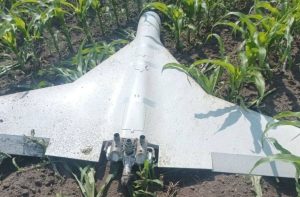
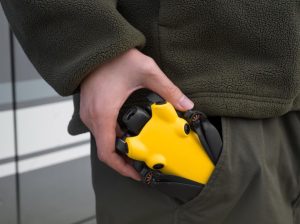

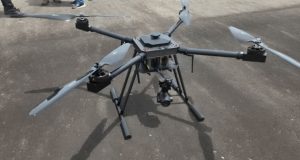

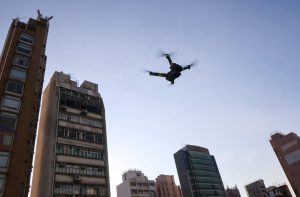

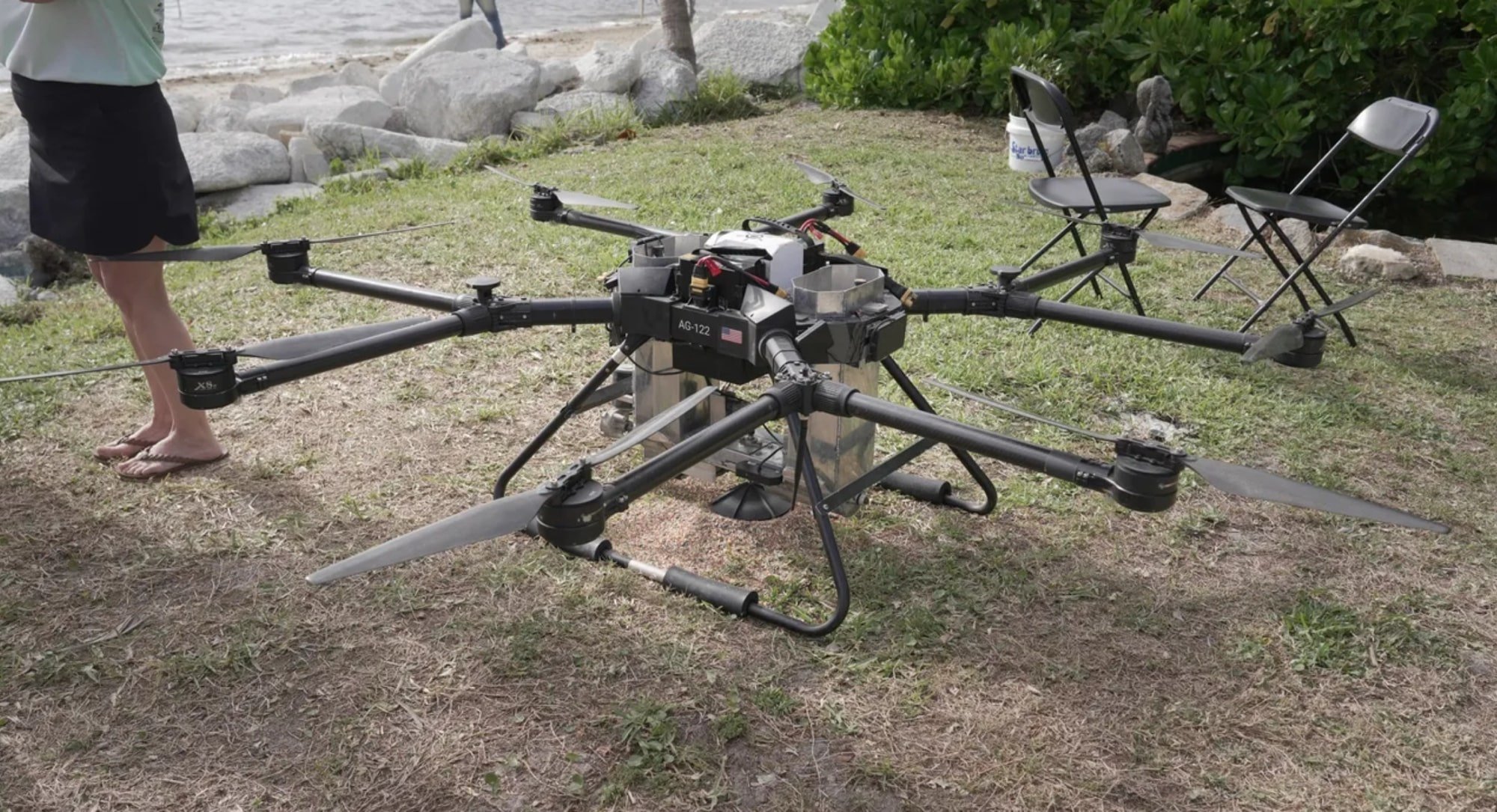
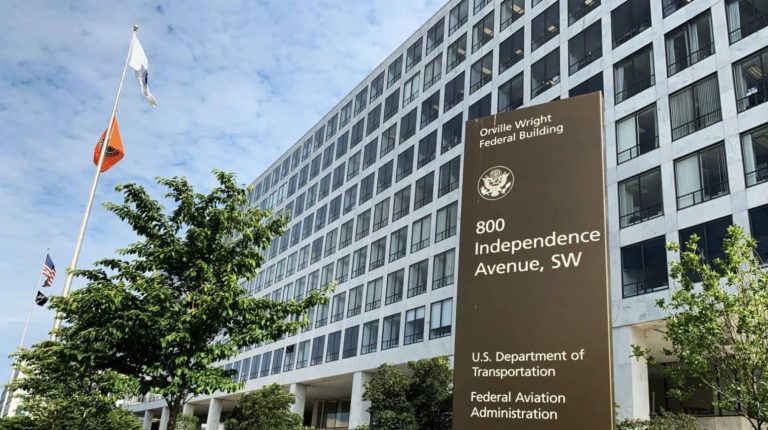
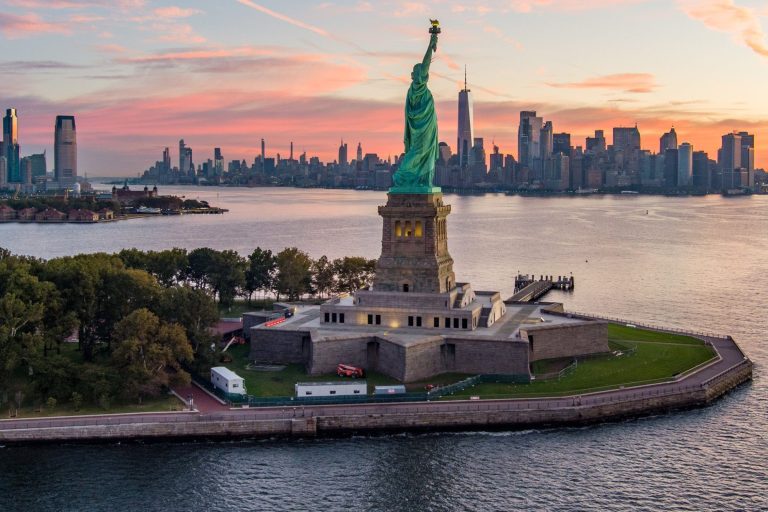
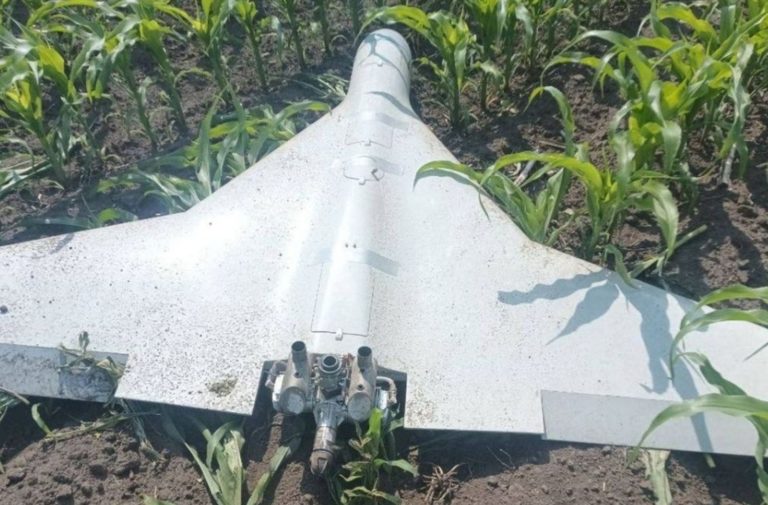


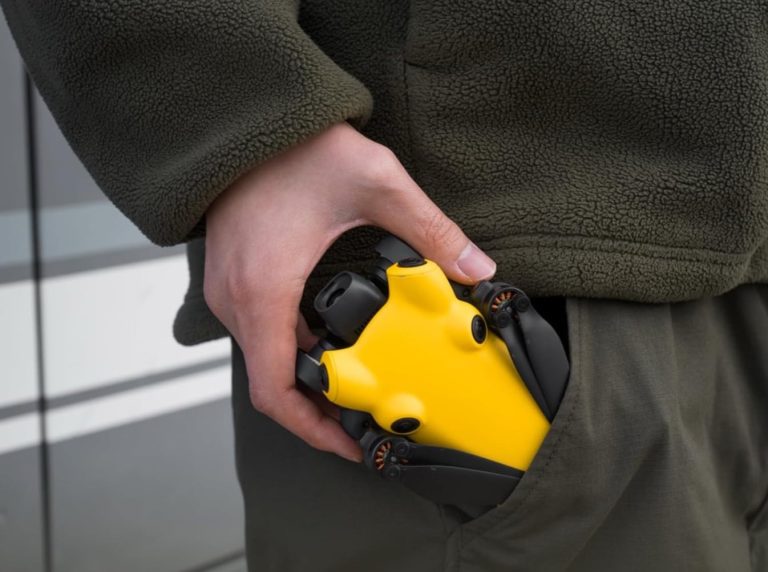



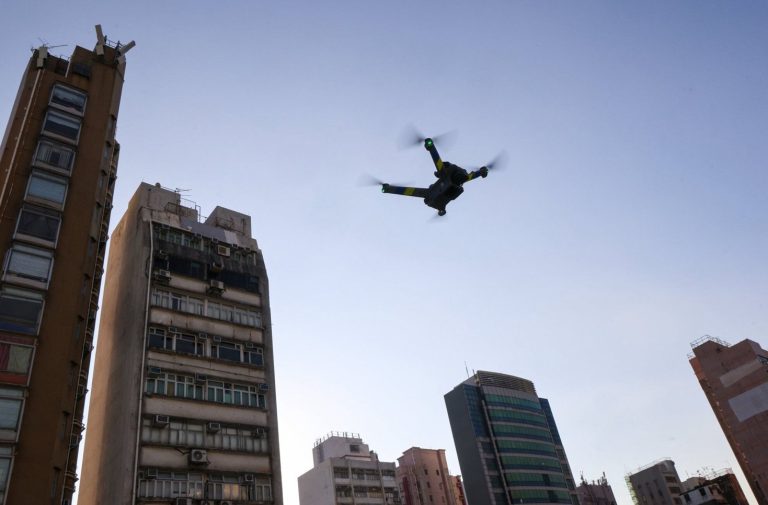
+ There are no comments
Add yours